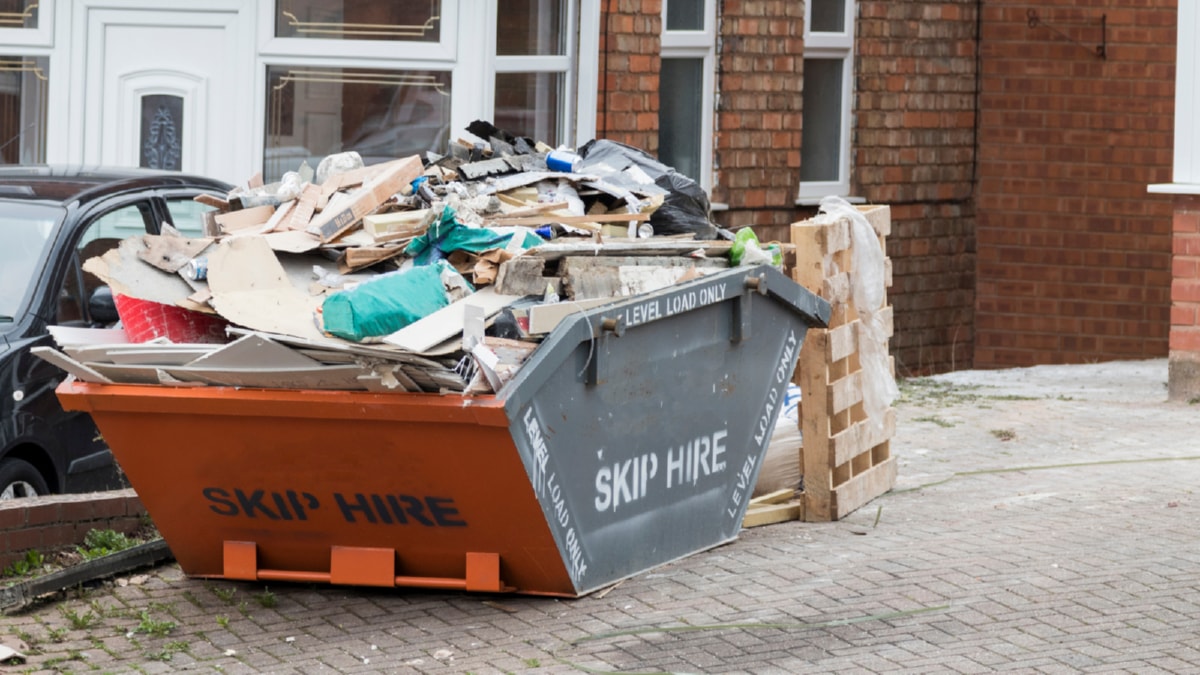As the world becomes increasingly aware of the environmental implications of human activities, the construction industry is no exception. Implementing green building practices in modern construction projects has become a significant trend. The essence of these practices is to create structures that are environmentally responsible and resource-efficient throughout a building’s life-cycle.
The first step in incorporating green building practices is the selection of a suitable site. Ideally, the site should be located in an area with easy access to public transportation, thereby reducing the need for private vehicle use. The site should also be carefully analyzed for potential environmental impact, including its effect on local ecosystems and water resources.
Once a site has been selected, the design phase begins. Here, architects and engineers work together to ensure that the building will be as energy-efficient as possible. This includes optimizing the building’s orientation to make the most of natural light and heat, and incorporating features such as solar panels, wind turbines, and green roofs. The design should also take into account the use of sustainable materials, which are those that are recycled or sustainably sourced, and low in toxicity.
The construction phase is where green building practices can really shine. Builders should aim to minimize waste by accurately estimating materials and reusing or recycling wherever possible. Construction methods that minimize the disruption to the land are also essential. Furthermore, builders should aim to use energy-efficient equipment and machinery to reduce the carbon footprint further.
The operations and maintenance phase is another area where green building practices can make a significant difference. Implementing energy-efficient systems for heating, cooling and lighting, as well as water-saving devices like low-flow faucets and dual-flush toilets, can significantly reduce a building’s environmental impact over its lifetime. Regular maintenance is also essential to ensure these systems continue to perform efficiently.
Lastly, when the building reaches its end of life, the deconstruction process should be planned to allow as much material as possible to be recycled or reused, reducing the need for new resources and minimizing waste.
Implementing green building practices in modern construction projects is not just good for the environment, but it makes good business sense too. Green buildings typically have lower operating costs, higher property values, and can attract tenants or buyers who prioritize sustainability. Moreover, green buildings can improve occupant health and productivity, thanks to better indoor environmental quality.
In conclusion, implementing green building practices in modern construction projects is a comprehensive process that starts from site selection and design, goes through construction, operation, and maintenance, and ends with deconstruction. It requires the collaboration of all stakeholders, including architects, engineers, builders, and owners. While it may require more upfront investment, the long-term benefits for the environment, occupants, and the bottom line make it a worthwhile endeavor. As the demand for green buildings continues to grow, those in the construction industry who adopt these practices will be well-positioned for success.
For more details, check best masonry services or visit their business listing here.



